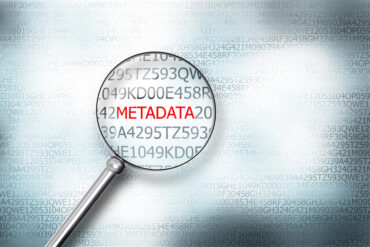
SQL plays a central role in data science and is just as important today as it was decades ago. Its ability to integrate effortlessly with modern tools, handle a variety of data operations, and support real-time processing, AI/ML, and data security makes it indispensable.
Data Science and its applications have evolved rapidly and likely will continue to have innovation from new methods and advancements in technology. Amidst these changes, one tool has not only stood the test of time but has also remained the clear winner for more than three decades: Structured Query Language SQL).
IBM created SQL in the 1970s for use in relational databases in data storage and retrieval, and it has in the decades since, become the de facto standard query language for developers and database management professionals. SQL is a ubiquitous programming tool used by data scientists, analysts, and data engineers for data retrieval and analysis, real-time analytics, and machine learning model training.
Data is a valuable business asset that continues to grow in importance. SQL serves as the language of data, integral for unlocking its power for data scientists, making it the most versatile tool for connecting data with data science. SQL’s simplicity and versatility, ability to integrate with modern tools, and its essential roles in artificial intelligence, machine learning make SQL indispensable to data science.
See also: Why SQL Will Remain the Data Scientist’s Best Friend
Simplicity and Versatility
One of SQL’s most notable features is its syntax, which closely resembles English, making it easier to learn and use compared to other programming languages. As a declarative language, SQL allows data scientists to specify what they need instead of having to describe it. The ease of use and speed make SQL the preferred tool for data preparation and exploration.
SQL’s versatility has helped it remain relevant over the years. It can handle a wide range of operations, from simple queries with a WHERE clause to select specific data, to joins and aggregations like COUNT or SUM.
Integration with Modern Tools
SQL remains a prominent staple in data science due to its seamless integration with modern data tools and infrastructure. Serving as a universal language, SQL is compatible with a wide array of systems, ranging from traditional relational database management systems to contemporary data infrastructure like data lakes, data warehouses, and cloud platforms, such as Google BigQuery, Amazon Redshift, and Snowflake. These platforms often feature robust SQL interfaces, empowering data scientists to efficiently execute complex queries, data transformation, and analysis.
Additionally, it assists with other data science workflows. For example, it has direct integrations with popular data science libraries or frameworks such as pandas in Python or dplyr in R, which increases its usability. A data scientist can initiate the process by extracting data in SQL and then transition to a more advanced environment for analysis and visualizations with ease.
Emerging Roles in Real-Time Processing, AI/ML, and Data Security
Real-Time Processing
Developed in the era of batch processing, SQL is evolving to service new demands. Real-time analytics tools for big data, like Apache Kafka, Apache Flink, and StreamSQL, enable dynamic, real-time processing of streaming data using SQL-like queries. These new systems, which use differential and elastic data sampling techniques, allow data scientists to process and analyze datasets on the fly and make it possible to draw actionable insights from dynamic decision-making processes.
AI and Machine Learning
SQL is becoming increasingly important in the context of AI and ML. Many machine learning platforms and tools, such as BigQuery ML and Amazon Redshift ML, have SQL-based interfaces for model training and deployment directly through the database. This allows data scientists to utilize their SQL skills to build and deploy ML models in the database, reducing data movement and streamlining workflows.
Additionally, many AutoML tools that use SQL will soon incorporate machine learning functions directly into their database systems by default. This will not only enable non-experts to perform sophisticated machine learning using easy-to-understand SQL but also allow a wider range of end-users to access advanced analytics.
Data Security
As data privacy regulations continue to increase, data scientists use SQL to ensure data is used in compliance with governance and regulations. Using SQL for access control, encrypting specific fields, and auditing operations helps ensure the proper use and security of data. Through specific SQL operations, data scientists can anonymize, mask, and share data while meeting data privacy requirements and safeguarding data integrity.
Conclusion
SQL plays a central role in data science and is just as important today as it was decades ago. Its ability to integrate effortlessly with modern tools, handle a variety of data operations, and support real-time processing, AI/ML, and data security makes it indispensable. As data science advances, SQL remains an important skill, helping data scientists explore and use data efficiently.





























